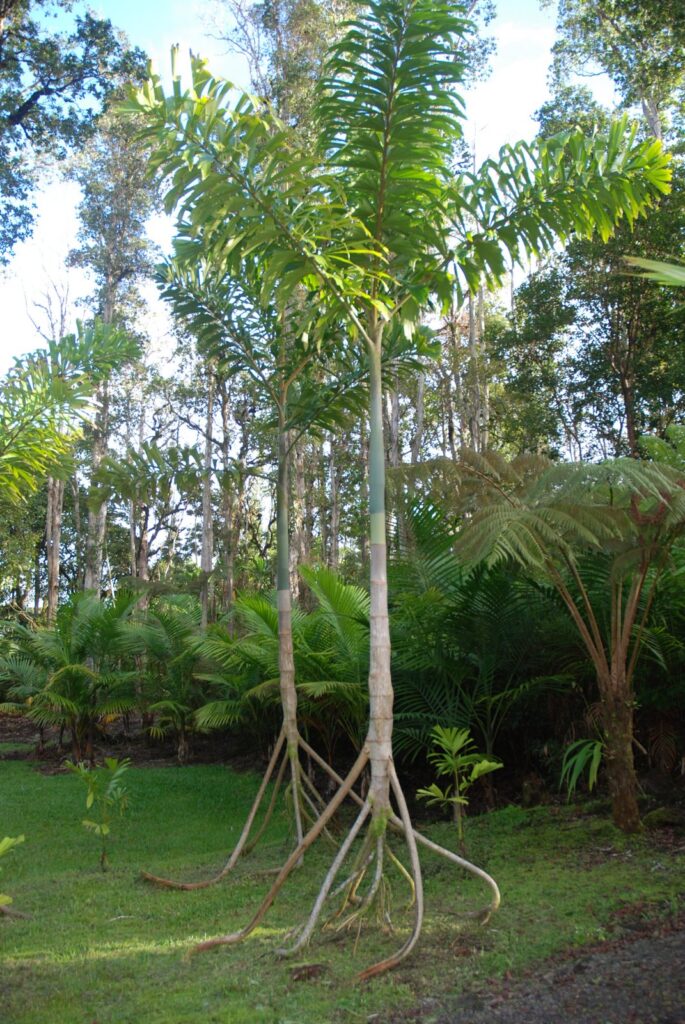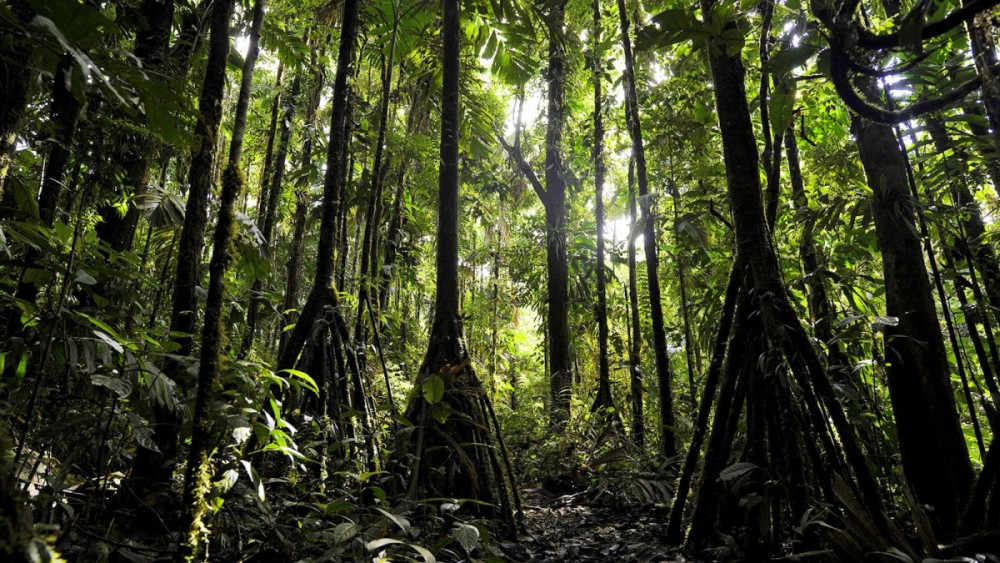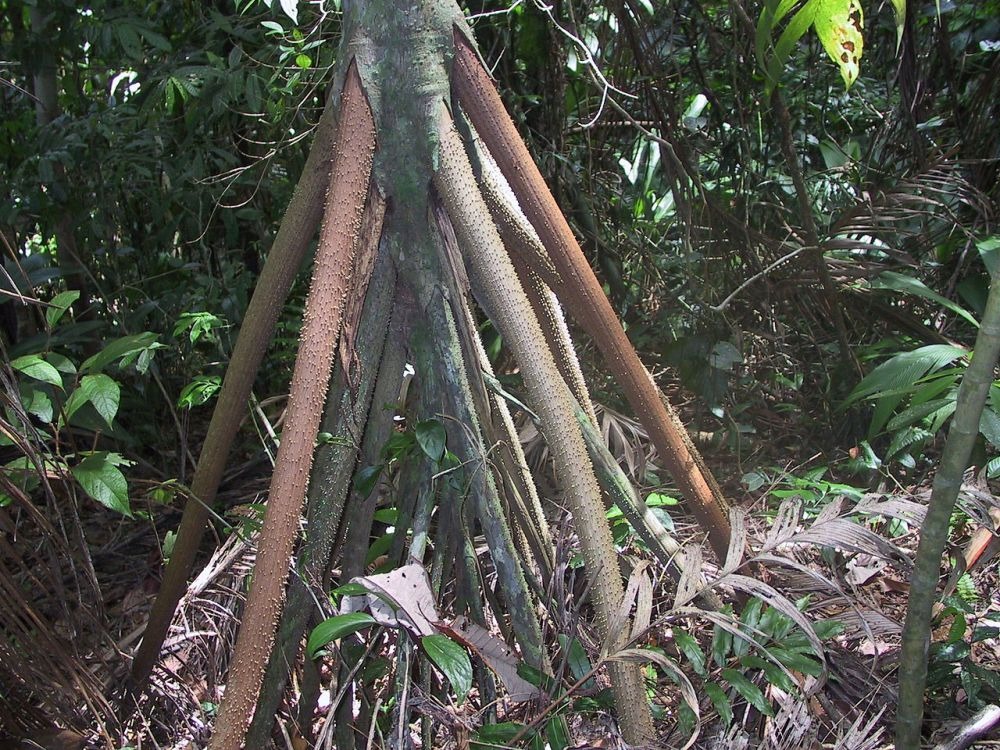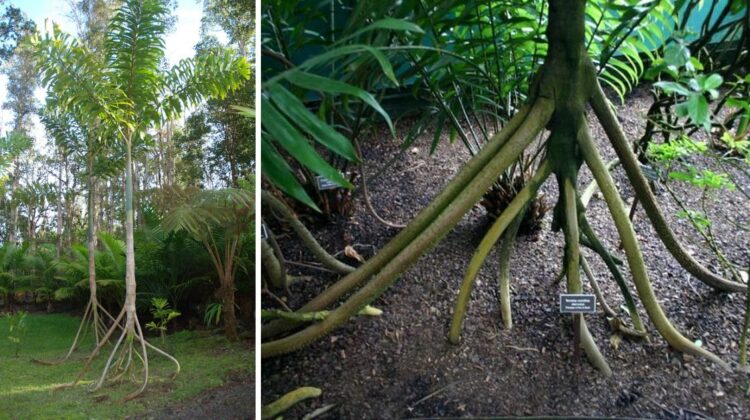The Walking Trees of Ecuador: They are Said to Move up to 20 Meters Every Year
A species of palm tree is perhaps the only mobile tree on this planet.
Socratea Exorrhiza, a tree found in a remote section of Ecuador, is said to be able to walk, just like Ents in The Lord of the Rings. These leafy giants may not be able to wage war on the troops of Isengard, but they do share a few traits with their fictional counterparts, aside from their height. Their intricate root structure is supposed to act as legs, allowing the tree to continually move towards sunlight as the seasons change.

These walking trees can reportedly travel up to 2-3 cm every day, or 20 meters per year. That may not seem like much, but by tree standards, it’s a marathon!

Ecuadorian rainforest guides have long told tourists about the remarkable walking trees. The most widely repeated myth is that the tree gradually ‘walks’ towards the sun by sprouting new roots towards the light while leaving its old roots to die.
In 1980, John H. Bodley proposed that the tree’s stilted roots allow Socratea Exorrhiza to “walk” away from the spot of germination. Whether it’s true or not, the tree’s peculiar roots, which sprout from the trunk a few feet above ground, certainly contribute to the idea that the tree has legs.
“As the earth erodes, the tree produces new, long roots that discover new and more stable ground, sometimes up to 20m,” explains Peter Vrsansky, a palaeobiologist from the Slovak Academy of Sciences who studied for a few months in Ecuador’s Unesco Sumaco Biosphere Reserve, roughly a day’s trip from Quito. “The old roots gently lift into the air as the roots settle in the new soil and the tree bends gradually towards the new roots.” The entire process of relocating the tree to a new location with greater sunshine and more stable footing can take several years.”

Other scientists, though, believe otherwise. According to a 2005 research by scientist Gerardo Avalos, head of the Center for Sustainable Development Studies in Atenas, Costa Rica, Socratea Exorrhiza trees generate new roots on occasion but remain securely rooted in one location. The fact that they generate new roots does not imply that they use them to migrate.
“My work reveals that the walking palm tale is a myth,” Avalos told Live Science. “Believing that a palm tree can monitor canopy light changes by moving slowly over the forest floor… is a fallacy that tourist guides like telling tourists to the jungle.”
But why all the commotion? Finally, everything appears to boil down to that distinct stilted root system. Ecuador’s ‘walking’ trees have a deeper root system than other trees, beginning towards the bottom of their trunks. This gives the trees the appearance of a standing, walking broom rather than a tree. As the earth around them erodes, some of these strange-looking roots die, making room for new roots to grow.

After all, it’s the unique appearance of these trees that has led tour guides to fabricate the myth of their walking in order to spice up their lectures. This view is reinforced by the fact that, despite a brief search, there are no time-lapse films of one of these trees really ‘walking.’ (However, if you come across one, please let us know.)
However, there are other plant species, though not trees, that may travel from one location to another. For example, the Creeping Devil cactus may creep over the desert.
